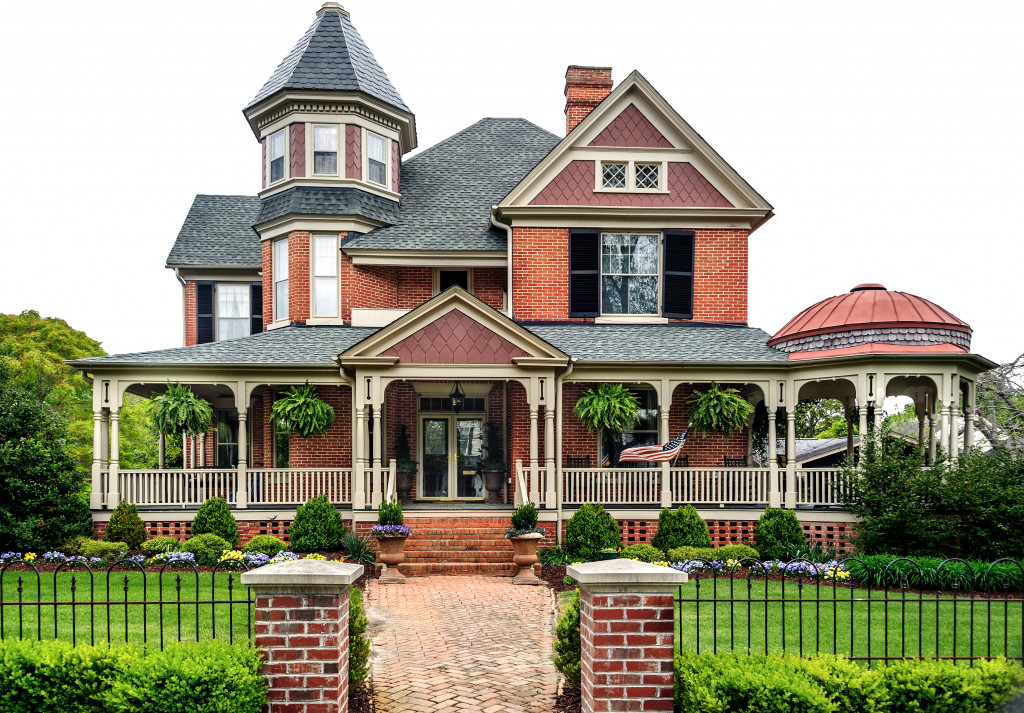It’s not uncommon for families to renovate an old house rather than move into a new one. It can be more cost-effective and provide a unique opportunity to put your stamp on a property. However, many people don’t realize the importance of ensuring their family’s health and safety during the renovation process. If you’re considering renovating an old house, you must take the following precautions:
1. Ensure that the property is structurally sound.
Before you begin any work, it’s essential to have an inspector check the property for any structural issues. These could include foundation problems, water damage, or termites. Fixing these issues before you start your renovation will save you a lot of time and money in the long run.
Find a reputable inspector in your area and schedule an appointment. They can provide you with a report that details the property’s condition. Attend the inspection and ask the inspector any questions you have. You should also get a quote from a contractor to fix any found issues. Ask them how long the repairs will take and if there are any health and safety concerns you should be aware of.
2. Remove any lead-based paint and asbestos
If the property was built before 1978, there’s a good chance that it contains lead-based paint. This type of paint can be dangerous if disturbed during a renovation. Lead exposure can cause a range of health problems, including brain damage and developmental delays in children.
You’ll need to hire a certified lead abatement contractor to remove lead-based paint from the property. This process can be expensive, but it’s essential for your family’s health.
Asbestos is another common hazard in older homes. Builders commonly used this material in insulation, flooring, and other building materials before it was banned. Asbestos exposure can lead to lung cancer and other serious health problems.
If you suspect that there’s asbestos in the property, you should hire a certified inspector to test for it. You’ll need to hire a specialist to remove it if found on the property. This process can be expensive, but it’s essential for your family’s safety.

3. Repair all electrical and plumbing issues
Older homes often have outdated electrical and plumbing systems. These systems can pose a serious fire hazard if they’re not properly maintained.
You should hire a licensed electrician to inspect the property’s electrical system. They can identify any potential problems and make the necessary repairs. It would be best if you also had a licensed plumber and expert pipefitters inspect the property’s plumbing system. They can repair any leaks or other issues that could cause problems in the future.
If you’re not comfortable hiring contractors to inspect and repair the property’s electrical and plumbing systems, you can do it yourself. However, this work is best left to professionals. Always make sure to turn off the power and water before beginning any work.
4. Ventilate the property properly
Ventilation is essential in any home, but it’s imperative in an older property. Poor ventilation can lead to the buildup of harmful gases, such as carbon monoxide. It can also cause mold and mildew to grow.
Make sure to open windows and doors while working on the property. If possible, use fans to circulate the air. You should also invest in a carbon monoxide detector and install it on the property. You can find these detectors at most hardware stores.
You should also have the property’s HVAC system inspected and repaired if necessary. A licensed technician can ensure that the system is properly vented and operating correctly. This work is best left to a professional.
5. Keep an eye out for pests
Pests can cause a lot of damage to your property and pose a severe health risk to your family. Common pest problems in older homes include rodents, cockroaches, and termites. Some of these pests can carry diseases that can be harmful to humans.
You should regularly inspect your property for signs of pests. Look for droppings, nests, or damage to wood and insulation. If you see any signs of pests, you should contact a pest control specialist to have the problem treated.
You can reduce the risk of pests by regularly cleaning the property and sealing any cracks or openings. You should also keep food stored in airtight containers and remove trash regularly. Some homeowners also install pest control devices, such as ultrasonic repellers. These devices emit sound waves that deter pests.
Renovating an old house can be a daunting task, but it’s essential to ensure the health and safety of your family. If you take the time to repair any potential hazards, you can rest assured that your home will be safe and comfortable for years to come. Always remember to consult with professionals before beginning any work on the property.




